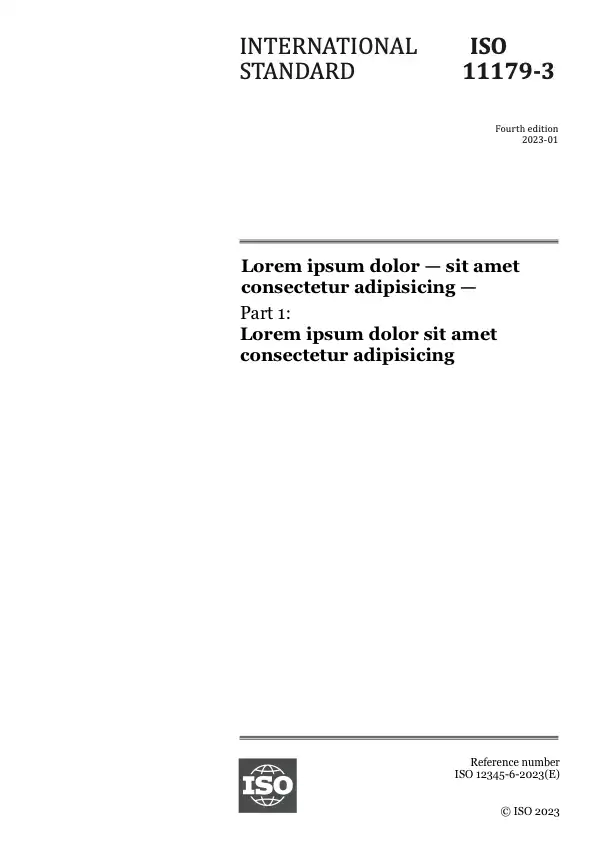Тезис
This document specifies guidelines for applying the robust tolerance design (RTD) provided by the Taguchi methods to a product in order to finalize the design of the product.
NOTE 1 RTD is applied to the target product to set the optimum tolerances of the design parameters around the nominal values. RTD identifies the effects of errors in the controllable design parameters on product output and estimates the total variance of the product output if the tolerances are changed. Hence, RTD achieves the target variance of the output from the viewpoints of robustness, performance, and cost.
NOTE 2 The tolerance expresses a maximum allowable error in the value of a design parameter in the manufacturing process. In a perfect world, the parts or elements of every product have the designed nominal values of the design parameters. However, actual manufacturing does not reproduce the exact designed nominal values of the design parameters for all products. The actual products have errors in the values of their parts or elements. These errors are supposed to be within the designed tolerances.
Preview
Общая информация
-
Текущий статус: ОпубликованоДата публикации: 2021-04Этап: Опубликование международного стандарта [60.60]
-
Версия: 1
-
Технический комитет :ISO/TC 69/SC 8ICS :03.120.30
- RSS обновления
Жизненный цикл
-
Сейчас
-
00
Предварительная стадия
-
10
Стадия, связанная с внесением предложения
-
20
Подготовительная стадия
-
30
Стадия, связанная с подготовкой проекта комитета
-
40
Стадия, связанная с рассмотрением проекта международного стандарта
-
50
Стадия, на которой осуществляется принятие стандарта
-
60
Стадия, на которой осуществляется публикация
-
90
Стадия пересмотра
-
95
Стадия, на которой осуществляется отмена стандарта
-
00
Появились вопросы?
Ознакомьтесь с FAQ
Часы работы:
Понедельник – пятница: 09:00-12:00, 14:00-17:00 (UTC+1)
